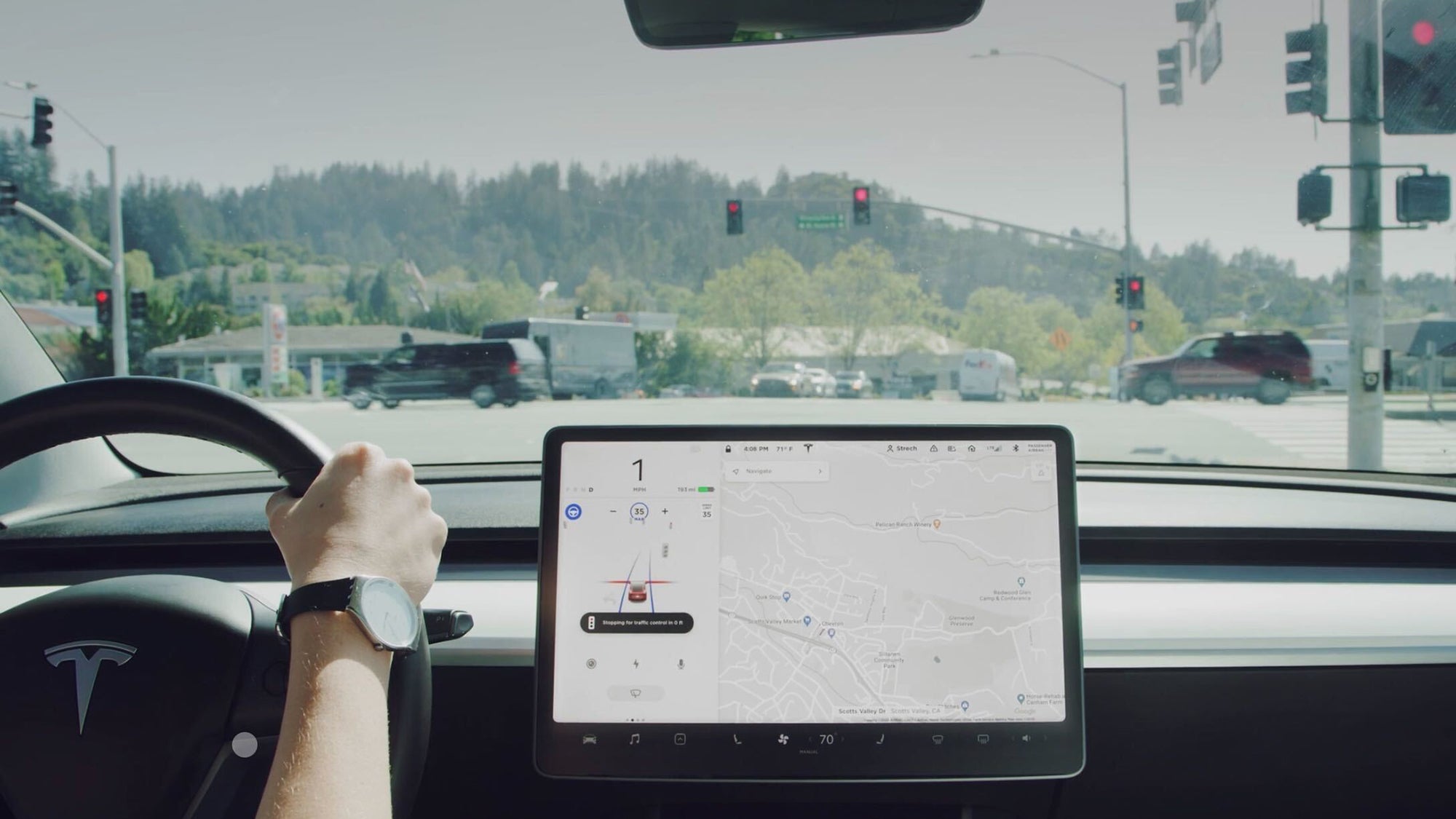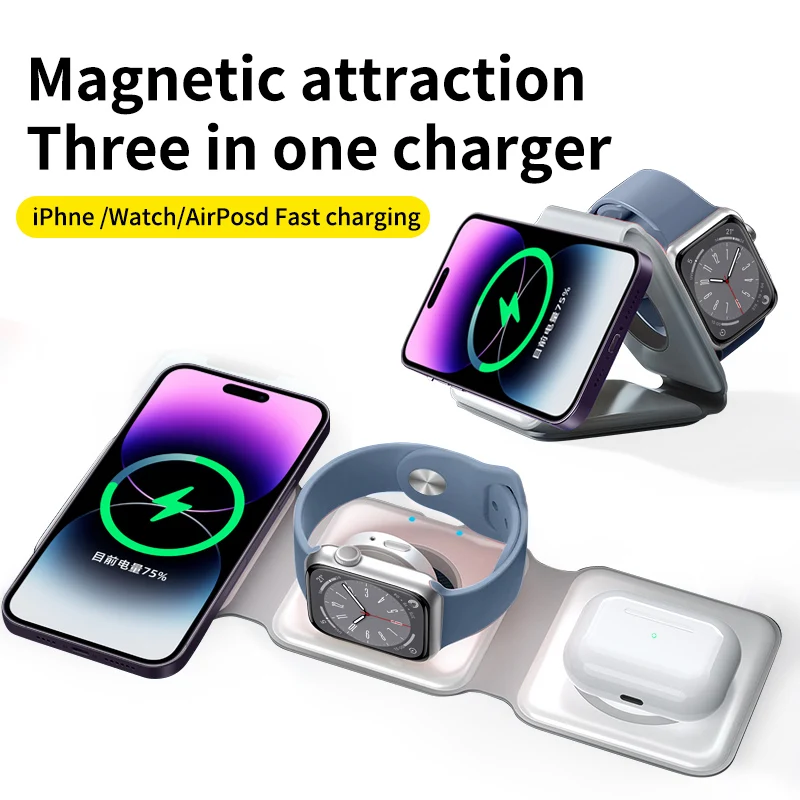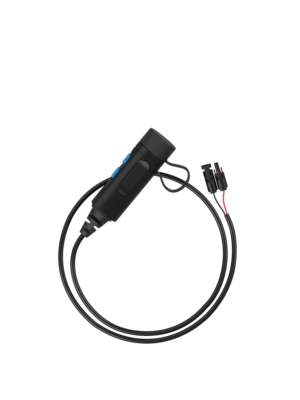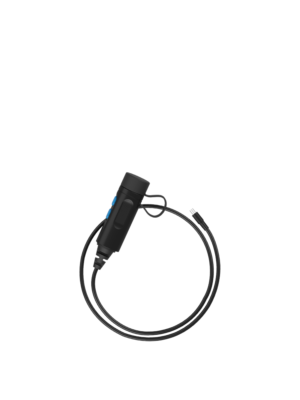‘Safe’ driver assist tools could be doing more harm than good
Drivers in the US and around the world are increasingly interested in getting behind the wheel of new vehicles capable of automatically changing lanes and maintaining speeds on highways. Carmakers argue vehicles equipped with these partially autonomous tools, collectively referred to as advanced driver assistance systems (ADAS) are a win-win, offering drivers both convenience and added safety, especially during long trips where fatigue sets in. ADAS, in other words, can cut back on human error.
But a first-of-its report on ADAS systems from The Insurance Institute for Highway Safety (IIHS), one of the nation’s leading independent safety groups, questions whether or not these tools are actually improving safety at all. The IIHS tested ADAS systems from 14 separate carmakers and not a single one of them earned its highest “good rating,” while 11 of the systems received a “poor” rating. The striking IIHS results highlight the importance of rigorous testing to ensure highly-marketed ADAS are actually being used the ways they are advertised and not unintentionally causing more harm than good.
“Some drivers may feel that partial automation makes long drives easier, but there is little evidence it makes driving safer,” IIHS President David Harkey said in a statement. “As many high-profile crashes have illustrated, it can introduce new risks when systems lack the appropriate safeguards.”
What are ADAS systems?
Vehicles equipped with ADAS systems use onboard cameras and sensors to analyze roadways and help keep drivers, maintain proper speeds, and automatically apply brakes when appropriate. Some of these systems, like Tesla’s popular Autopilot and Full-Self-Driving, can also automatically switch between lanes. Systems like these are growing in popularity. Counterpoint Research estimates ADAS enabled vehicles made up 46% of new cars sold in the US in the first half of 2022.
Despite confusing branding from some automakers and others that may suggest otherwise, ADAS systems crucially are not the same as fully-autonomous, self-driving vehicles. Cars with automated driver systems are rated on an six-point autonomy scale ranging from 0-5. Autopilot, for example, is considered Level 2 whereas more advanced driverless systems that do not require a driver, like the one being pursued by Waymo, are considered Level 4. Drivers using partial automated driving systems are still legally required to monitor their vehicle and be prepared to take over control at a moment’s notice.
[Related: Researchers propose fourth traffic signal light for hypothetical self-driving car future]
The IIHS report, which tested systems from BMW, Ford, General Motors, Genesis, Lexus, Mercedes-Benz, Nissan, Tesla, and Volvo, pushes back on whether these ADAS systems are actually making roads safer. Most of the systems analyzed by the IIHS failed to properly determine whether or not a driver was looking at the road or lacked attention reminders to prevent drivers from being distracted. In some cases, the IIHS says drivers can activate some of the systems without ever strapping on a seat belt.
In order for ADAS systems to be considered safe, IIHS says they must be able to consistently detect whether or not a driver’s eyes are facing the road and if their hands are on the steering wheel. This is often accomplished through front facing in-cabin cameras and steering wheel sensors. None of the 14 systems adequately met these requirements. In some cases, in-car cameras failed to react when they were partially obscured. The Mercedes-Benz system, meanwhile, lacked an in-car camera altogether.
When drivers aren’t keeping their eyes on the road, the IIHS says ADAS systems should send out visible and audible alerts within 10 seconds, and initiate an emergency slowdown system within 20 seconds. Seven of the tested systems failed to provide these “dual-mode” alerts within 15 seconds. Two of the systems reviewed, one from Tesla and another from BMW, reportedly continued to switch between lanes without a new input form the driver, even after a driver has stopped for more than two minutes. IIHS argues that lack of human input over prolonged periods of time can dangerously “discourage drivers from being physically involved in the driving.”
The IIHS similarly looked at how these systems responded when a driver failed to respond to a warning for more than 35 seconds, a key sign the driver is either incapacitated or willfully abusing the system. In this scenario, the IIHS says the vehicles should automatically begin an emergency slowdown and alert local emergency services. General Motors’ Super Cruise system was the only ADAS product tested that met those specifications.
“Most of them don’t include adequate measures to prevent misuse and keep drivers from losing focus on what’s happening on the road,” Harkey added.
Preventing “intentional misuse”
Leading carmakers have, for years, used IIHS safety ratings in other areas as selling points for their vehicles in advertisements and other promotional materials. Founded in 1959 by three leading insurance associations, the IIHS describes itself as a “nonprofit scientific and educational organization” focused on reducing car injuries and damage. The IIHS reportedly decided to make this ADAS rating system in part because the National Highway Traffic Safety Administration, the nation’s leading auto regulator, currently lacks any comparable standards.
IIHS hopes these new ratings will pressure carmakers to take more steps to prevent “intentional misuse” of these ADAS systems by drivers. Similarly the IIHS wants to discourage carmakers from letting users activate these systems when automatic braking and seat belts aren’t on. Many of the safety issues described by the IIHS are potentially addressable via over-the-air updates, which carmakers can ship without ever requiring a driver to bring their vehicle into a dealership.
“No single system did well across the board, but in each category at least one system performed well,” Harkey added. “That means the fixes are readily available and, in some cases, may be accomplished with nothing more than a simple software update.”
Rigorous testing of ADAS systems’ reliability are crucial as they become more widely used and, inevitably, become involved in more crashes. As of 2022, the NHTSA estimates ADAS systems were active during at least 392 crashes in the US, which resulted in around half a dozen deaths. 367 of those incidents were reported in just the 10 months between July 2021-May 2022. Tesla, due in part to the popularity of its ADAS systems, accounted for the vast majority of the overall reported crashes.
Those challenges notwithstanding, drivers still repeatedly show more interest in ADAS systems than their more advanced, driverless older sibling. A spat of accidents and missteps from autonomous vehicles maker Cruise in California resulted in them having to halt operations in the state indefinitely. Elsewhere, public officials in cities like Austin, once warm welcomes of self-driving vehicles, have pushed back against the idea of these vehicles operating without safety drivers. And drivers are still on the fence about whether or not fully driverless vehicles are even desirable. Almost half of US adults surveyed by Pew in 2022 said they thought widespread driverless cars would be bad for society.
ADAS, by contrast, has grown in popularity. And while some studies have suggested these automated features could meaningfully cut back on accidents and serious injuries, those proposed benefits only make a real difference if the systems aren’t being abused or misused. Independent testing of ADAS systems can pressure carmakers to quickly fix blind spots in their driver monitoring and attention safeguards, which could cut back on inappropriate uses of the technology. At the same time, carmakers will have to carefully consider the steps they take to enforce those safety standards to avoid alienating drivers who may feel uncomfortable with their cars collecting ever-greater amounts of potentially sensitive data about them.
Please Support Our Sponsors
Solar Power Generator Discounts Along With Free Shipping
- 10% OFF for Jackery Solar Generator 2000 Pro Series with code "JADEAL"
- 10% OFF for Jackery SolarSaga 200W Solar Panel with code "JADEAL"
- 10% OFF for Jackery Solar Generator 1500 Series with code "JADEAL"
- 10% OFF for Jackery Solar Generator 1000 Series with code "JADEAL"
- 10% OFF for Jackery Explorer 1500 Portable Power Station with code "JADEAL"
- 10% OFF for Jackery Explorer 1000 Pro Portable Power Station with code "JADEAL"
- 10% OFF for Jackery Explorer 500 Pro Portable Power Station with code "JADEAL"
- 10% OFF for Jackery Explorer 300 Pro Portable Power Station with code "JADEAL"
- 10% OFF for Jackery SolarSaga 100W Solar Panel with code "JADEAL"

The University of Georgia is represented by the Georgia Bulldogs . The Bulldogs participate in the Southeastern Conference's (SEC) Eastern Division of the NCAA.
They play their home games in the storied Sanford Stadium in Athens, Georgia. The first season in Georgia was in 1892. In 1942, 1980, and 2021, the Georgia Bulldogs won three national championships.
The Georgia Bulldogs have additionally been crowned the National Champion in four additional seasons by at least one polling organization (1920, 1927, 1946 and 1968).
The Georgia Bulldogs are tied for second place in conference history with their 15 conference titles, including 13 SEC titles, and their 59 bowl appearances, which ranks second all-time.
In addition, the program has produced five top picks in the National Football League (NFL) draft, two Heisman Trophy winners, numerous winners of various national honors, and many others.

Longhorns football represents the University of Texas in Austin often known as Texas, UT or the Texas Longhorns. The Longhorns represent the Big 12 Conference in the NCAA Division. They play in Austin, Texas, at the Darrell K. Royal-Texas Memorial Stadium.
The Texas Longhorns are ranked third and seventh, respectively, in terms of all-time wins and win-loss records, with over 900 victories and an overall win-loss percentage of.705.
The legendary program also boasts four national titles, 32 conference titles, 100 First Team All-Americans, and two Heisman Trophy winners.
Get your Texas Longhorns Revival T-Shirt today. The Texas Longhorns Rustic Revival shirt is also a fan favorite.
Many college sports fans like to wear their gear all around town, get your Texas Longhorns Centered gear and show your support.





 Gettr
Gettr














